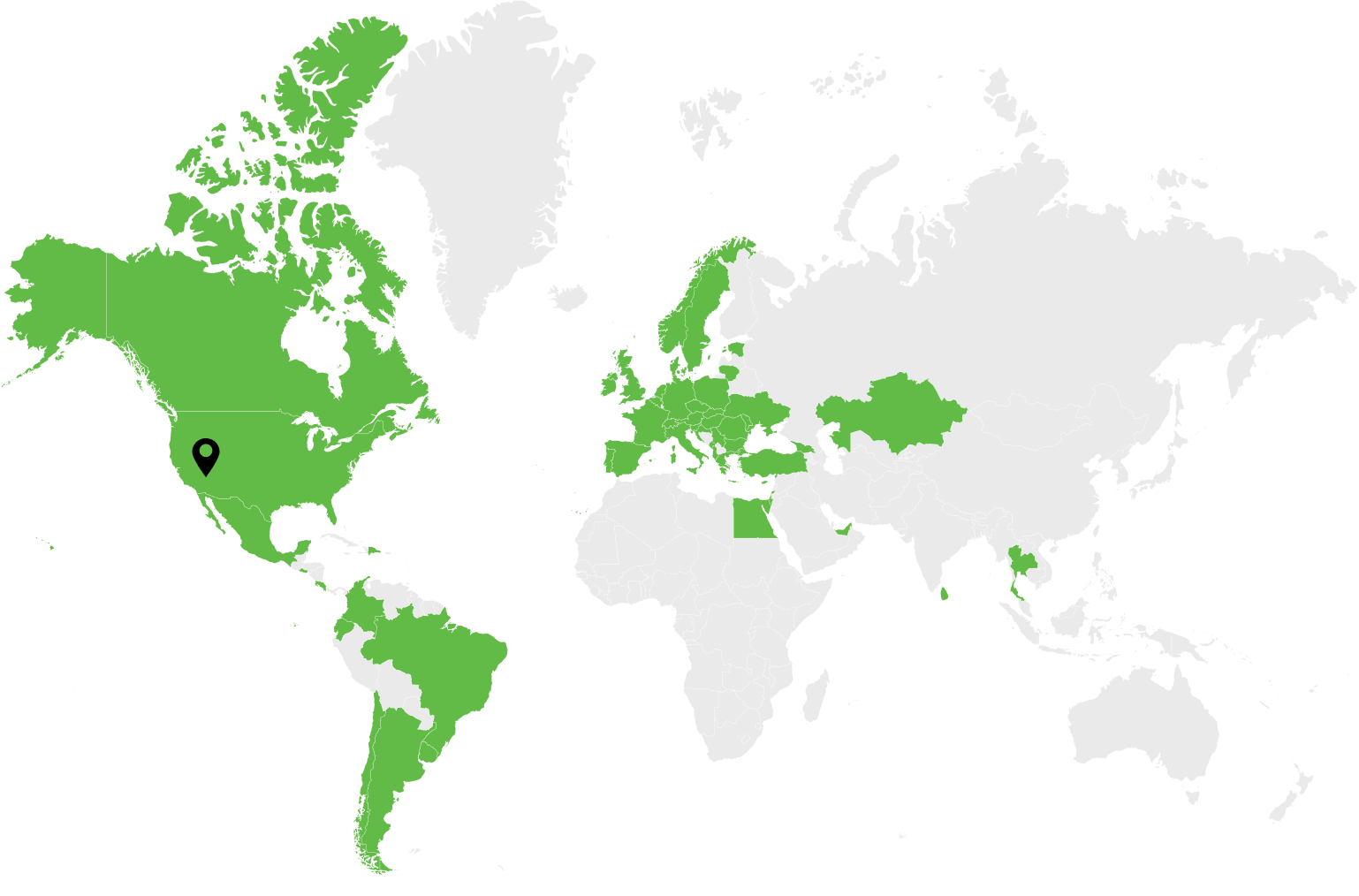Today’s retail customers enjoy omnichannel shopping experiences that span diverse digital and physical properties. While customers have more ways to shop, retailers are charged with protecting complex ecosystems that include e-commerce sites, mobile apps, physical stores, and more. Due to the rigors of machine efficiency, AI is helping retailers meet customer expectations for convenience, while also stopping theft across an ever-expanding number of vulnerabilities.
Retail security is becoming more challenging as cybercriminals employ advanced tactics while shoplifters, employees, and organized crime persist with physical theft. While traditional security measures are effective to an extent, they are limited by their reliance on manual monitoring and subsequent reactivity. Due to a combination of such factors, Capital One explains, “Retailers lost $93.9 billion in gross revenue to theft in 2021” alone.
AI-powered theft detection technologies like computer vision and machine learning are used to identify suspicious behavior, prevent shrinkage, and enhance operational efficiency. In this piece, Dev.Pro explores how AI is reshaping retail security with advanced automation and proactive approaches that reduce theft.
What are the Different Types of Retail Theft?
Due to advancing technologies like retail automation, modern shoppers enjoy highly personalized shopping experiences that span digital and physical channels. Although features like self-checkout enhance convenience, they put more responsibility on security teams to safeguard data and inventory. In turn, criminals are able to exploit the modern retail landscape with various methods:
- Shoplifting Tactics: Individuals conceal items or switch price tags to steal merchandise. Shoplifting accounts for the largest share of retail losses at 37%.
- Refund Fraud: Perpetrators return stolen goods or use counterfeit receipts to obtain refunds.
- Organized Crime: Coordinated groups target high-value merchandise for resale in secondary markets.
- Self-Checkout Scams: Offenders skip scanning items or alter barcodes to underpay at self-service checkouts.
- Vendor Fraud: Suppliers deliver fewer goods than invoiced or substitute products with inferior items.
- Cyber Theft: Criminals exploit stolen payment information or hack systems to commit fraud.
- Cash Register Scams: Employees skim cash or falsify reports to embezzle funds. Internal theft makes up 28.5% of retail losses.
- Theft During Deliveries: Goods are stolen in transit, often involving collusion with delivery personnel.
- Distraction Tactics: Thieves create diversions or crowding to overwhelm staff while other members of the party perpetrate crimes.
Understanding AI-Powered Theft Detection in Retail
Advancements in technology have significantly transformed shopping, providing consumers with more ways to explore and purchase products. Today, the typical shopper engages with at least six different touchpoints before purchasing. In fact, 73% of retail shoppers use multiple channels, such as browsing online, reading social media reviews, and visiting physical stores as part of the buying journey.
Each opportunity a customer has to interact with a retail brand is also an opportunity for a criminal to exploit. Over the past few years, there has been a strong correlation between an increase in omnichannel shopping experiences and retail crime. As Capital One reports, “74.1% of retailers report increases in external theft over 5 years.” Within this context, “25.7% of retail theft results from process and control failures.”
AI enhances security teams by analyzing vast amounts of data with speed and precision, enabling them to address the growing scale and complexity of retail crime. By identifying vulnerabilities and mitigating process and control failures, AI strengthens defenses across both digital and physical domains.
The Value of AI-Powered Theft Detection in Retail
Designed for proactive loss prevention, AI theft detection helps retailers preserve profitability by analyzing data quickly and accurately. Standout benefits include:
- Improved Operational Efficiency: AI automates surveillance and monitoring, thus reducing reliance on manual monitoring and freeing employees to focus on tasks with more value.
- Strengthened Security Posture: While manual monitoring deprioritizes low-level threats, AI processes 100% of alerts with enriched context and external threat intelligence.
- Integrated Security Management: AI seamlessly combines with existing systems like POS and inventory management for comprehensive monitoring.
- Better Data Insights: With machine learning, AI tracks patterns in theft-related incidents, helping retailers refine security strategies and store layouts.
- Improved Incident Response Times: AI swiftly detects suspicious activities and vulnerabilities to reduce reaction times for security teams.
- Reduced False Positive Security Alerts: AI’s ability to distinguish between benign and malicious activities reduces false positives.
Key Technologies Driving AI-Powered Theft Detection
Retailers strengthen threat detection with machine efficiency by combining AI with technologies like computer vision and edge computing.
Integrated POS Systems: AI integration in POS systems cross-references transaction data with real-time inventory and surveillance footage.
Machine Learning: Machine learning enhances AI-powered theft detection by analyzing customer behavior patterns and identifying anomalies that may signal theft.
Internet of Things (IoT): IoT helps AI-powered theft detection by connecting smart sensors, RFID tags, and cameras to monitor inventory and track product movements.
Computer Vision: Computer vision analyzes video feeds to spot suspicious behaviors like shoppers concealing items or skipping payment steps.
Edge Computing: Edge computing processes video and sensor data directly at sources like in-store cameras to immediately detect suspicious activity.
Top Use Cases for AI-Powered Theft Detection
AI reinforces security practices by analyzing data with speed and precision to mitigate vulnerabilities and process failures across digital and physical domains.
Behavioral Analysis
With behavioral analysis, AI identifies unusual movements or actions. For example, AI helps stop shoplifting by flagging irregularities in shopper actions based on pre-established patterns.
Video Surveillance Integration
AI-powered video surveillance enhances retail security by analyzing real-time footage to detect suspicious activities. To illustrate, AI’s ability to identify anomalies stops distraction tactics by identifying patterns like group loitering or staged commotions.
Self-Checkout Monitoring
With self-checkout monitoring, AI ensures accurate transactions, reduces theft, and improves the overall efficiency of self-checkout systems. As an example, self-checkout monitoring stops self-checkout scams by detecting skipped scans or barcode manipulations before criminals can leave the store.
Inventory Discrepancy Alerts
AI-powered inventory systems detect discrepancies by monitoring stock levels and cross-referencing them with sales data in real-time. To illustrate, inventory discrepancy alerts stop vendor fraud by identifying mismatches between delivered goods and invoiced quantities.
Facial Recognition
AI-driven facial recognition enhances retail security by identifying repeat offenders or individuals banned from the premises. For instance, facial recognition stops organized crime by identifying known offenders or members of theft rings.
Conclusion
Due to the sheer complexities of modern retail businesses, crime prevention requires more than simply monitoring stores for suspicious activity. Advancements in technology have significantly transformed shopping, providing consumers with more ways to explore and purchase products. Yet, each opportunity a customer has to interact with a retail brand is also an opportunity for a criminal to exploit.
AI enhances security teams by analyzing vast amounts of data quickly and accurately. By identifying weaknesses and reducing process failures, AI strengthens defenses across both digital and physical domains. For retailers grappling with increasing physical and cyber theft challenges, AI technology is essential for enhancing organizational resilience and enabling a proactive approach to security.
Grow Smarter, Faster with Dev.Pro
Transform your retail operations with Dev.Pro’s AI expertise. Give your customers the convenient and personalized experiences they expect, while also protecting your bottom line.
Contact us to get started!

